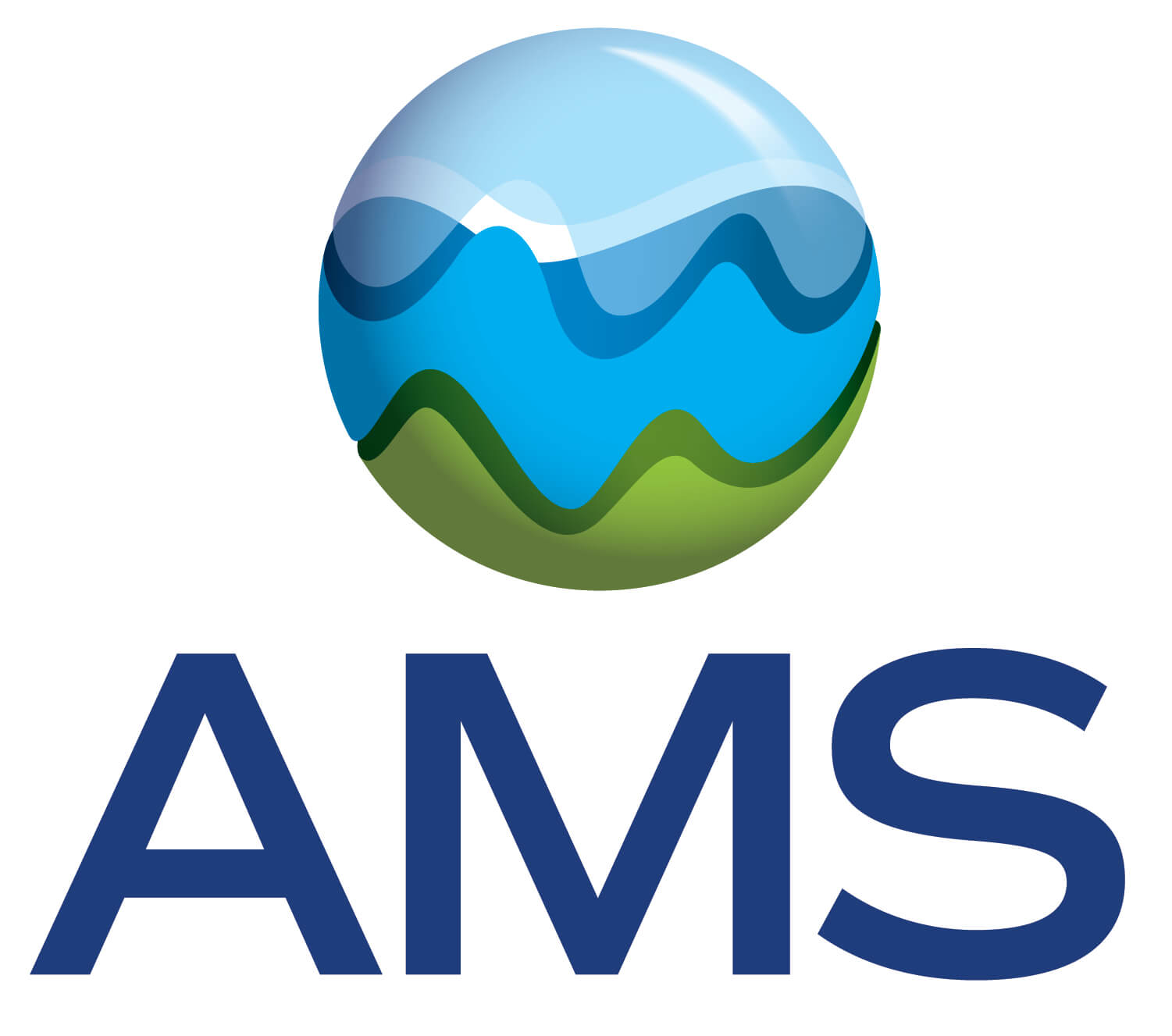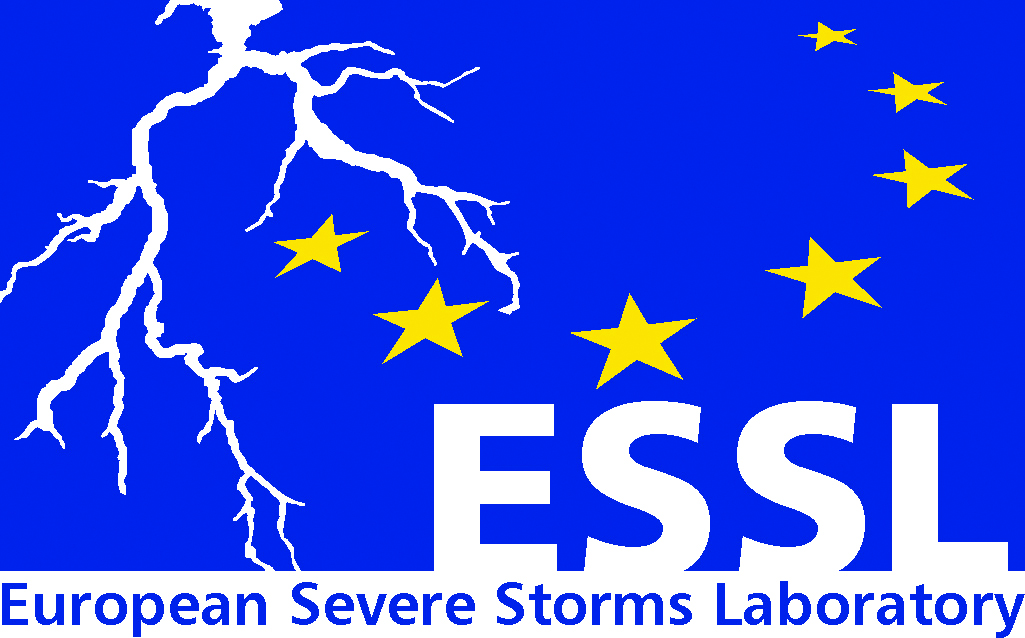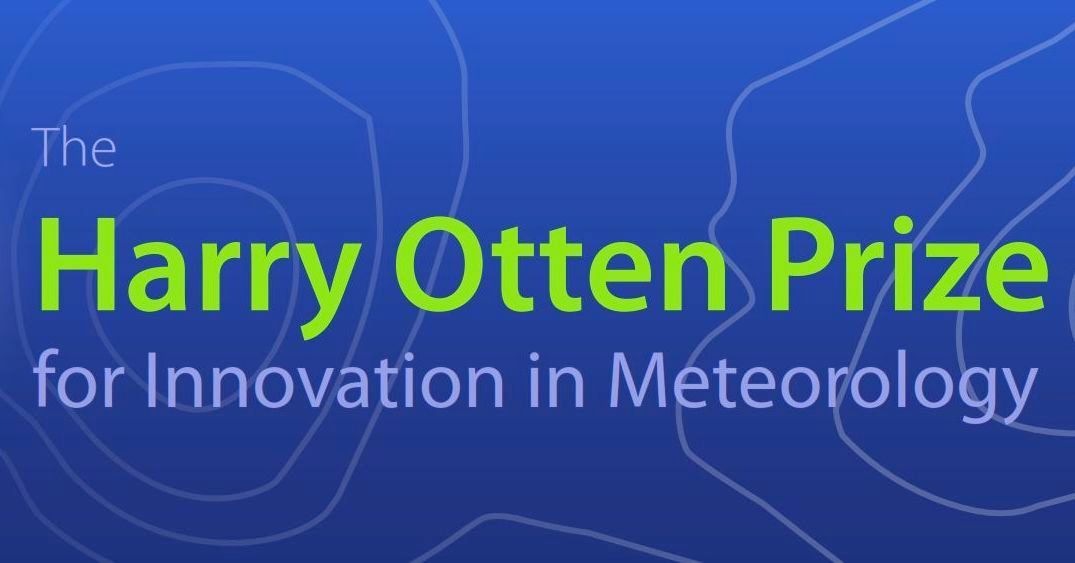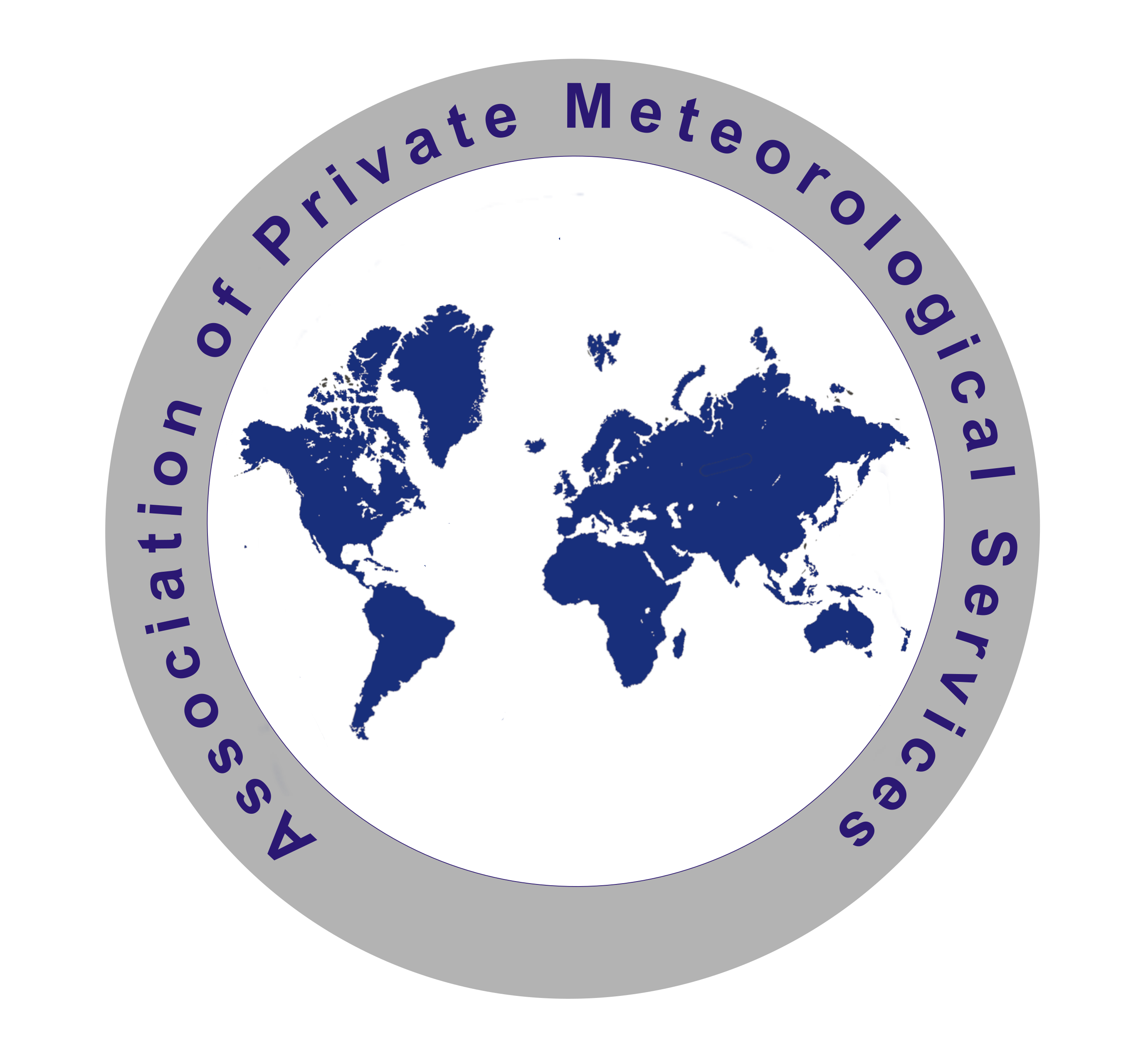Model Evaluation and Future Projections of Regional Winds in the Iberian Peninsula: Cierzo, Levante and Poniente
- 1University of Castilla-La Mancha (UCLM), Environmental Sciences Institute (ICAM), Toledo, Spain (maria.ortega@uclm.es)
- 2Department of Physics and Mathematics, University of Alcalá, Alcalá de Henares, Spain
- 3Faculdade de Ciências da Universidade de Lisboa, Lisbon, Portugal
- 4Alfred Wegener Institute for Polar and Marine Research, Bremerhaven, Germany
- 5University of Castilla-La Mancha (UCLM), Faculty of Environmental Sciences and Biochemistry, Toledo, Spain
Regional winds are caused by small-scale pressure differences in a way that important air flows can arise in a very small and specific region. Sometimes an orographic feature, such as a channel like the Ebro Valley or the Strait of Gibraltar, lead the wind, due to mass conservation, to acquire a certain specific range of directions and considerable speed. For some regional winds in the Iberian Peninsula, such as Cierzo, Levante and Poniente, there are quantitative works on their properties through high-resolution reanalyses, but their possible changes under the influence of climate change have not been studied with models. This work proposes to investigate the capacity of several climate models, validated against reanalysis, to study Cierzo, Levante and Poniente main characteristics in the common period 1995-2011. To this end, regional wind algorithms to detect the flows have been proposed. Three models (REMO, MPIOM-REMO and CNRM-RCSM4) have been selected based on evaluation results. Then, a study of Cierzo, Levante and Poniente future changes under RCP 8.5 emissions scenario (2006-2099) has been carried out. This has been compared with its historical period (1950-2005). Results suggest that spatial resolution is key to detecting these winds, especially in inland flows such as Cierzo, but that the internal physics of each model are also a source of variation beyond 10-km spatial resolution. Low temporal resolutions introduce errors in regional wind days calculation, while coupling effects will depend on each flow. In general, all models are capable of simulating historical Cierzo (100-130 days), Levante and Poniente (150-160 days) frequencies similar to observations. Trend study suggests that Cierzo extension could decrease by 1.5% in a statistically significant manner by the end of the century. Results also show a strong increase of 10-20 annual Levante events depending on the model. Levante extension will vary significantly, although the models do not agree on trend sign. Poniente shows a weakening of its characteristics for all models. Specifically, a decrease in the number of annual Poniente events of 5-20 days is detected.
How to cite: Ortega, M., Gutiérrez, C., López-Franca, N., Molina, M. O., Cabos, W., Sein, D., and Sánchez, E.: Model Evaluation and Future Projections of Regional Winds in the Iberian Peninsula: Cierzo, Levante and Poniente, EMS Annual Meeting 2024, Barcelona, Spain, 1–6 Sep 2024, EMS2024-509, https://doi.org/10.5194/ems2024-509, 2024.















